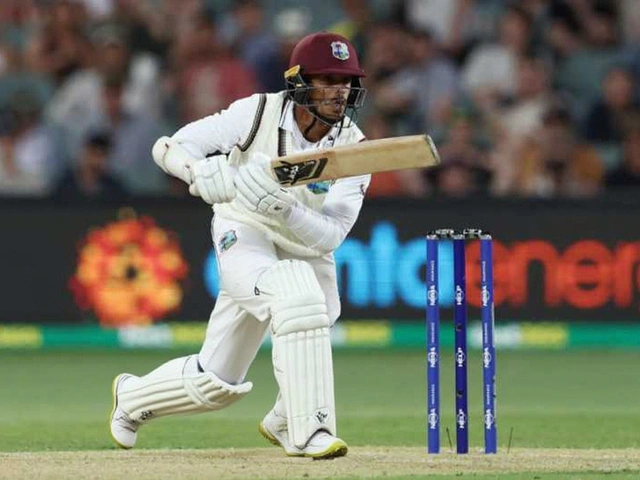Pitcher Basics: How to Throw, Train, and Improve
If you’ve ever watched a baseball game, you know the pitcher is the player who starts every play. But many fans don’t realize how much skill goes into each throw. In this guide we break down the core duties of a pitcher, the key parts of a good pitch, and easy drills you can try at home or on the field.
What a Pitcher Actually Does
A pitcher’s job is simple on paper: deliver the ball to the catcher in a way that makes it hard for the batter to hit. In reality, that means mastering three things – speed, movement, and control. Speed is the raw velocity, usually measured in miles per hour. Movement refers to the way the ball curves or spins, like a fastball that stays straight, a slider that cuts away, or a curveball that drops. Control is the ability to place the ball exactly where you want it, whether that’s the corners of the strike zone or a spot that forces the batter to swing weakly.
Every pitch counts, so a good pitcher must also read the batter’s stance, keep a steady rhythm, and stay focused under pressure. The mental side is just as important as the physical side. A pitcher who can stay calm and adapt quickly often outperforms one with a higher fastball speed but shaky nerves.
Training Tips to Boost Your Pitching
Improving as a pitcher starts with a solid warm‑up. Spend five minutes doing light cardio, then move on to arm circles, wrist flicks, and gentle shoulder rolls. This gets blood flowing and reduces injury risk.
Next, work on your grip. The way you hold the ball changes its spin and movement. For a basic four‑seam fastball, put your index and middle fingers across the seams, push off with your fingertips, and snap your wrist. Try a two‑seam grip for extra movement – place the fingers deeper on the seams and let the ball roll off the fingers as you release.
Strength matters too. Simple body‑weight exercises like push‑ups, planks, and lunges build the core and legs that generate power. Add resistance band work for shoulder stability; pull the band outward while keeping your elbow at chest height to mimic the throwing motion.
Finally, practice consistency. Set up a target – a bucket or a marked spot in the catcher’s glove – and aim for it every throw. Record the number of successful hits in a row, then try to beat that record each session. Over time you’ll see better control and confidence.
Remember to track your progress. Write down pitch speed, type of pitch, and where it landed after each practice. Seeing numbers improve week by week keeps you motivated and highlights areas that still need work.
Whether you’re a beginner learning the basics or a seasoned player polishing your arsenal, these steps give you a clear roadmap. Pitching is a blend of physics, fitness, and focus – master each part, and you’ll see the strike zone open up for you.

Tim Wakefield is a former Major League Baseball pitcher who played for the Boston Red Sox, New York Mets, and Pittsburgh Pirates from 1992 to 2012. He was one of the most successful knuckleballers in the sport's history, winning 200 games and 2 World Series titles. Although he has an impressive resume, the question remains whether he is a Hall of Famer. Supporters of his candidacy point to his longevity, his two World Series wins, and his 10 All-Star appearances. However, detractors cite his lack of individual awards, his relatively low career winning percentage, and his inconsistency as a starter. Ultimately, it will be up to the Hall of Fame voters to decide if Tim Wakefield is a Hall of Famer.





